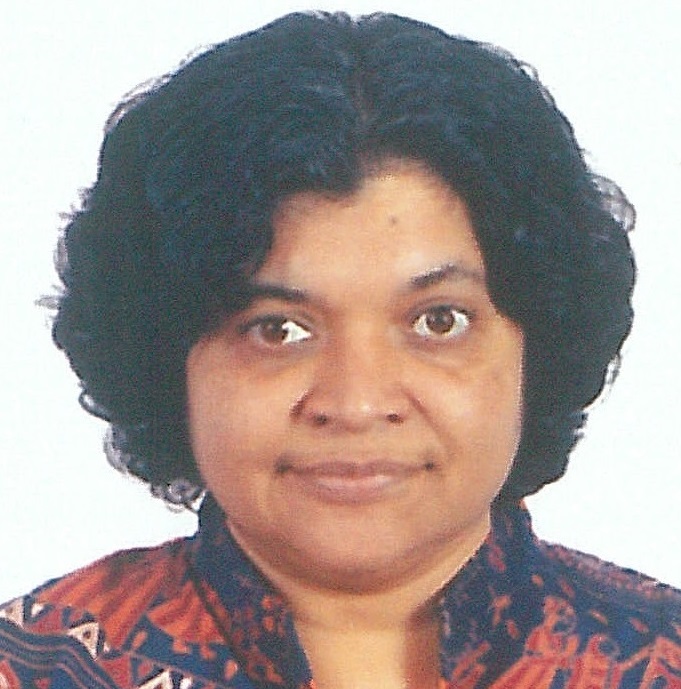Course abstract
Embedded software control many of the safety-critical systems that we deal with in everyday life: for instance, modern cars are equipped with software to automatically change gears; pacemakers come with a software controller to regulate heart beat; aircrafts have flight control software, and so on. Typically, these (software) controllers have to make decisions based on inputs coming from multiple interacting components. As the size and the number of interacting components increase, the design and verification of controllers becomes increasingly complex. Model checking is a field of research that addresses this challenge by making use of mathematical models in the design and verification of controllers. The main idea is to look at the system as a mathematical model - commonly used models are extensions of finite-state machines. Design requirements on the controller then get translated to suitable questions on these mathematical models.The goal of this course is to understand some of the techniques and tools used in the process of model-checking.
Course Instructor

Prof. B.Srivathsan
B. Srivathsan obtained his B. Tech and M. Tech (CSE) from IIT Bombay; and Ph.D from the University of Bordeaux, France. He worked as a post-doctoral researcher at RWTH university - Aachen, Germany. He has been a faculty member at CMI since 2013. His main research interest is in the formal verification of real-time systems.
More info
Teaching Assistant(s)
No teaching assistant data available for this course yetCourse Duration : Jul-Oct 2018
View Course
Syllabus
Enrollment : 18-Apr-2018 to 30-Jun-2018
Exam registration : 25-Jun-2018 to 18-Sep-2018
Exam Date : 28-Oct-2018
Enrolled
630
Registered
9
Certificate Eligible
7
Certified Category Count
Gold
3
Elite
4
Successfully completed
0
Participation
1
Enrollment Statistics
Total Enrollment: 630
Registration Statistics
Total Registration : 9
Assignment Statistics
Exam score
Final score
.jpg)
.jpg)
.jpg)
